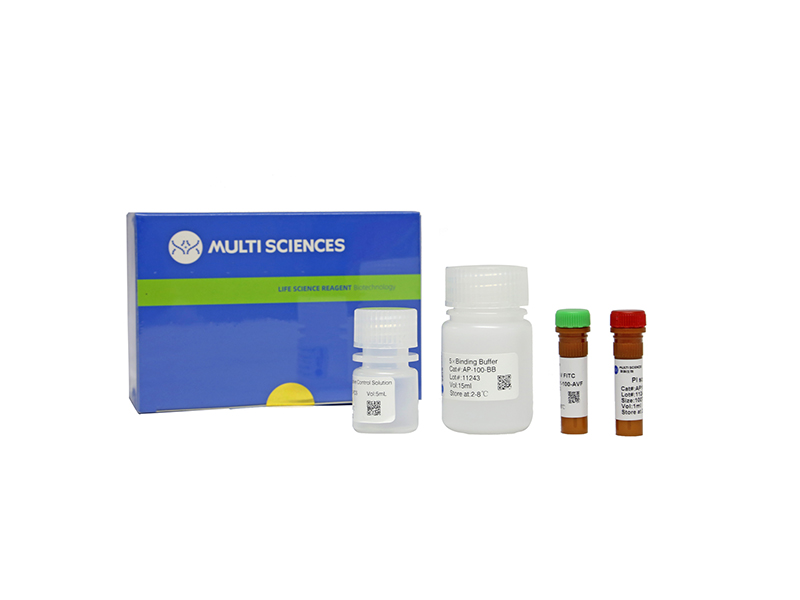Methyl methanesulfonate (MMS) has been shown to induce apoptosis in various cell types through p53-dependent pathways. Nevertheless, pharmacological and genetic blockade of p53 functions results in similar or delayed sensitivity to MMS treatment, suggesting the presence of p53-independent apoptotic mechanisms. To understand the p53-independent mechanisms that are engaged during MMS-induced apoptosis, we established MMS-induced apoptotic cell models using p53-deficient H1299 and Hep3B cells. Our results demonstrated that MMS at concentrations of 50, 100, 200, 400 and 800 μM induced the formation of gammaH2AX foci, and that at higher concentrations, 400 and 800 μM, MMS treatment led to apoptosis in the two cell lines. This apoptotic cell death was concurrent with the loss of mitochondrial membrane potential, nuclear-cytosolic translocation of active caspase 2, release of cytochrome c from mitochondria, and the cleavage of caspase 9, caspase 3 and PARP. However, MMS-induced DNA damage failed to stabilize the p53 family members TAp73 and DNp73. These results demonstrated a p53- and p73-independent mechanism for MMS-induced apoptosis that involves the nuclear-cytosolic translocation of active caspase 2 as well as the mitochondria-mediated pathway.
文章引用产品
-
-
- AP101
- 凋亡试剂盒
Annexin V-FITC/PI Apoptosis Kit(适用于除C6以外的流式细胞仪)
-
¥630.00 – ¥1,280.00
-
- AP101
- 凋亡试剂盒
Annexin V-FITC/PI Apoptosis Kit(适用于除C6以外的流式细胞仪)
- ¥630.00 – ¥1,280.00



